The antique business is a booming market, and ever since the pandemic, it has only continued to grow. So if you’ve been hoarding items passed down from your great-great-grandfather, now may be the time to open the attic and see if they’re worth something.
But antique identification isn’t often cheap. You’ll likely have to do a lot of research, and if you’re taking help from a professional antique appraiser, then you’ll likely have to make some hefty payments. But fret not because there is still a way for you to get free antique identification.
How? For starters, you can use a free antique identification app. These can be quite easy to operate and will tell you the value of the antique. However, there are several other ways as well, and to help you save those extra bucks on an appraiser, we’ve made a list of the 18 best tips for free antique identification. So without further ado, let’s jump into the guide.
Table of Contents
18. Look For The Manufacturer or Inventor
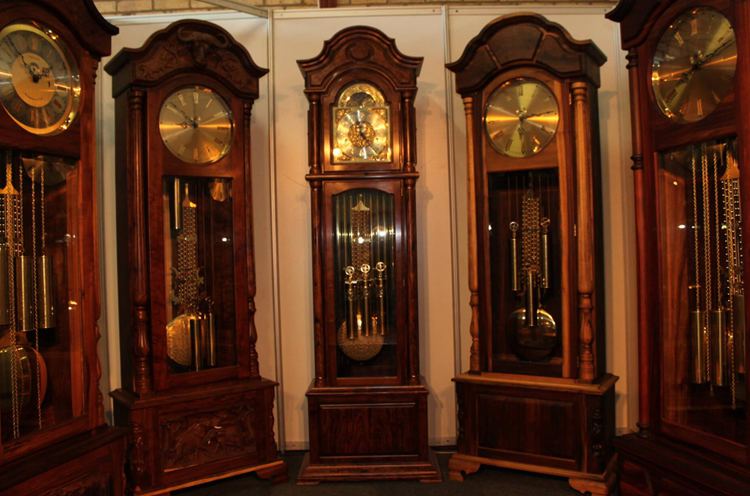
It goes without saying, but identification of an item will just not be complete if you don’t know the source. So when trying to get free antique identification, first look for the original manufacturer.
If the antique is an old item that was mass-produced, then there will most likely be a mark or a sign, engraved somewhere on the item. This will tell you the name of the manufacturer along with the manufacturing date. In the case of an invention, you’re most likely going to have all the information on the inside of the item.
In case, you’re not as lucky to find any markings on the item itself, then try to ask around from the seller you bought it from. Often, they will be able to provide you with details that you can use to get one step closer to finding the manufacturer.
Having the proper historical facts related to an antique can substantially increase its worth so even if you find this part a bit time-consuming, it will likely later bear fruit. Generally, almost all items from glassware, to furniture, have a marking or a logo somewhere.
17. Hallmarks
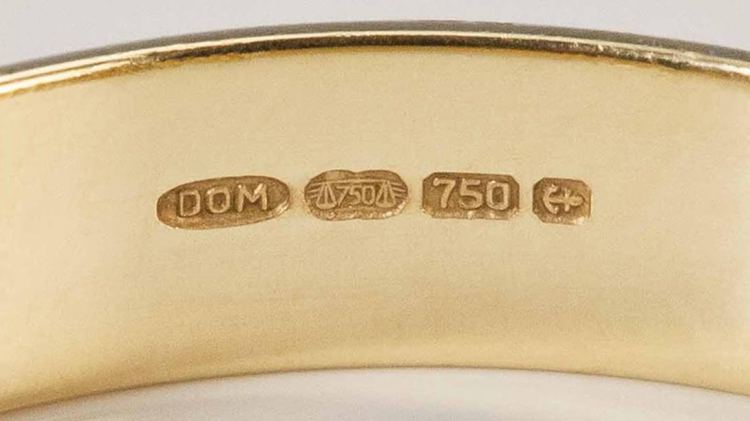
Most appraisers make sure to check the hallmarks. Essentially, it is a mark that is stamped on different articles, usually made of expensive metals.
A hallmark can provide you with a lot of details about the item itself such as its price, age, and even the metal it is made of.
For instance, in the case of gold, the hallmark would tell you how many carats the metal is. Similarly, it will also give you an idea of when it was created because, in older times, you needed more hallmarks for all sorts of jewelry.
Judging from the number of hallmarks, you could estimate the era of the jewelry.
16. Quality Of Production
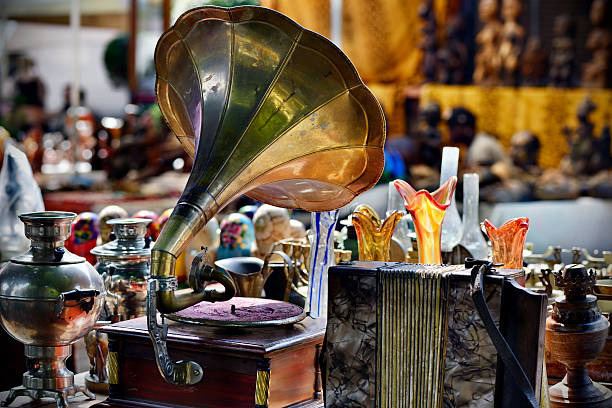
The quality of the production of an antique says a lot. If it is a handmade product from centuries ago, then you are likely to find a lot of issues with its features. It wouldn’t be perfectly symmetrical for example.
However, that does not mean that it would be bad in quality in itself. Most often, antique items survive the test of time, because they were made with the intent to do so. A good example of this is expensive watches which are meant to work for a couple of decades at the very least.
Therefore, on observing, if the antique looks like it have a bad production quality, then it may be a fake. Keep in mind, however, that having a bad production quality is quite different from being in a poor condition since the condition deteriorates with time.
15. Condition
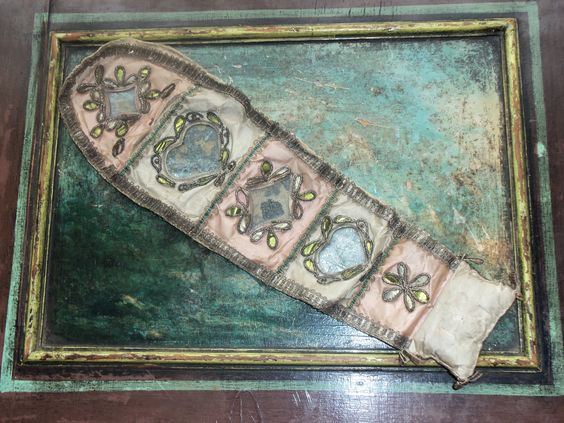
This one’s a given. Always make sure that you take a good look at the item. Check to see if it has any scratches, color dissipation, and other issues like rust.
If the item looks new, it probably is not an antique. Remember that in the world of antiques, the older something is, the better it will be sold. Therefore, it’s okay to have dents and scratches. A perfect condition item is quite sketchy, to say the least.
There are several ways to check for the condition. You can try and look at the marks and paintwork. Depending on the item, it may have different ways of being worn out.
14. Check To See If It Is A Knock Off
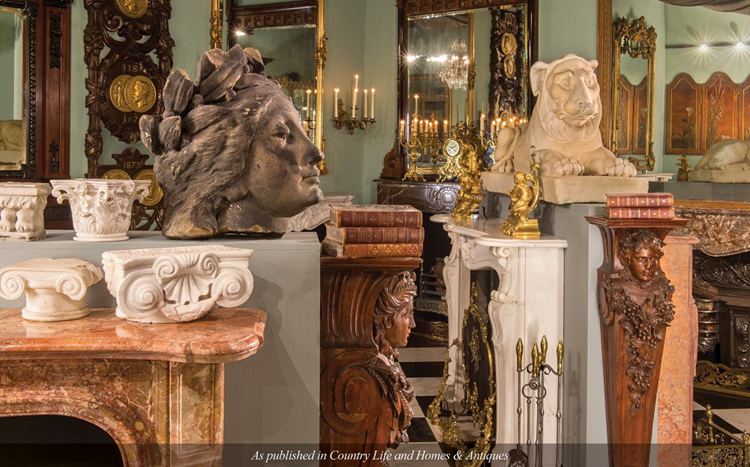
The world of antiques is no stranger to getting rip-offs. You can already find more than a hundred different versions of the Mona Lisa and that’s not even alarming.
Since antiques are so profitable, many would want to have something that counts as an antique, or at the very least looks like one. You can find a lot of duplicates and reproduced models of antiques almost everywhere.
So check to see if it is the actual product or just a first-class copy. Depending on the answer, its costs could differ massively.
13. The Material
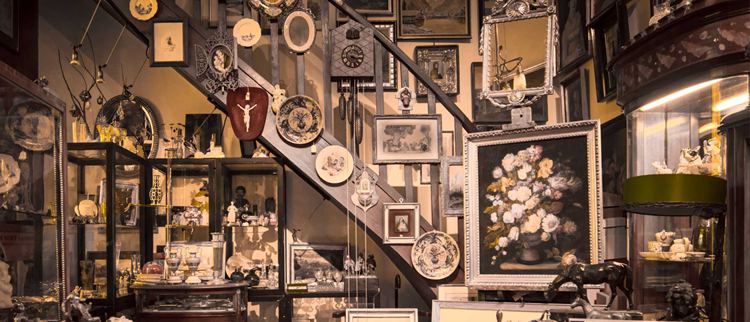
As times change, so do the materials and their quality. While at first sight, most items may look similar, their composition is where they are different.
For instance, in the case of metal utensils that were made before the 1950s, the surface was often reflective because of the polishing process. This practice was stopped so if you see a reflective pan, there is a high likelihood that it could be an antique.
Similarly, the quality of the material, its style, and its width have also drastically changed. Antique identification can be quite easy if you’re simply focusing on the weight of the material alone since older metal utensils are lighter.
12. History

The history of the item can often prove the item’s worth in itself. Use the internet and your resources to see if the item has any historical meaning or evidence of having anyone popular from the olden times.
As you may be aware, an antique’s price skyrockets if it has been used by celebrities. Even for situations where the antique itself has a lot of worth, it is still a good idea to see if there is any history attached to it as well.
Generally, the older the item is, the better it will be sold for. However, there are some historical events, which stand out more than others. In the case of World War 2 for instance, most weaponry became an antique that is today worth a gold mine.
Remember that you don’t need to know everything, but just the surface-level stuff. Ask where the product originated, which culture it manifests from, and whether it had any practical use. Sometimes, antiques that appear simply as decoratives can have hidden practical applications and if their working mechanisms are still fine, they can often get a price bump.
11. Serial Numbers And Signatures
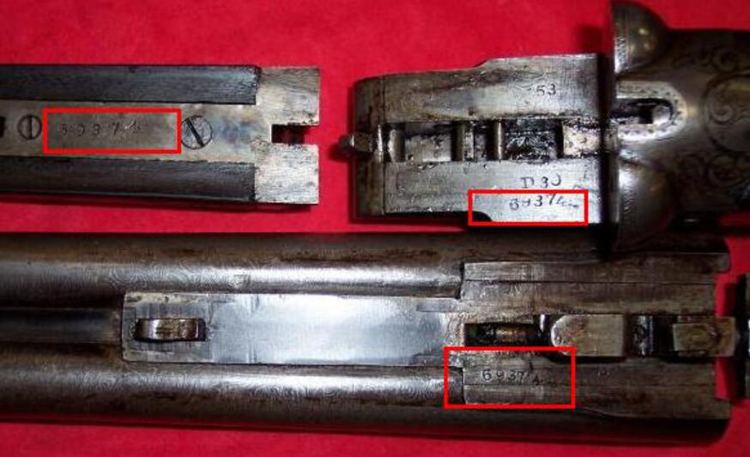
In the case of paintings, one thing that can make antique identification easy is the signature of the artist. Most popular painters were careful to leave their marks on their infamous works either by a signature or by a logo.
Signatures are a great way of making sure that your work does not get plagiarised. There are, nevertheless cases of them getting forged.
You can use the serial number similarly as these are unique so if a fake item shows up with the same serial number, it is possible to easily track it down and confirm that it is fake.
10. Inconsistencies, Refurbishing, and Marks
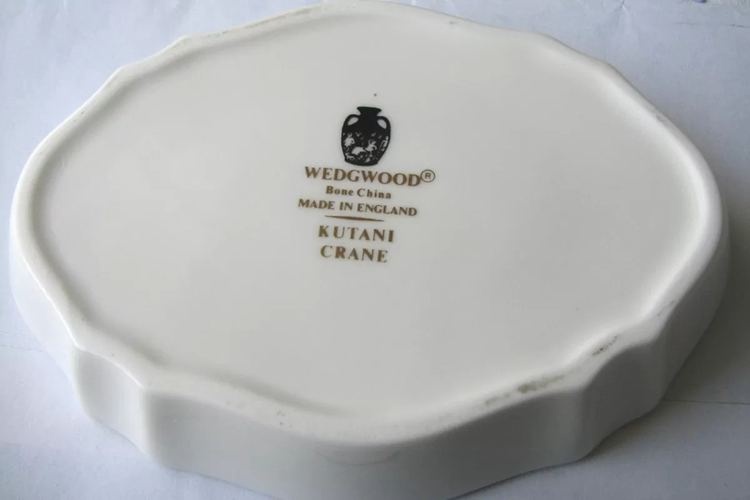
Antiques may not always be in the best condition and sometimes, they may be broken. Many antique sellers may repair them to still retain their value.
However, this usually does not work since there are inconsistencies in the repairing and the materials used to fix can often leave marks on the items. A good example of this is pottery which if repaired, would have lines and bumps.
Antique identification can become quite easy by keeping an eye out for these.
Remember though, that marks and inconsistencies are not always a bad thing. In the case of antiques from a few centuries back, their production quality will be quite low and this reflects their authenticity. Similarly, in the case of paintings, the paint will sometimes be worn out and may be on the back of the canvas. All these imperfections can be useful in determining the antique’s price.
9. Look For Designs And Patterns

Patterns are key in antique hunting. In older times, the patterns were often more intricate, with floral designs and bumps. On the contrary, modern times opt for a cleaner look.
If you’re looking for depression glassware for instance, then look for their pattern designs. Most of them are not created anymore and neither does a third-party vendor have the resources to fake them.
If you’re knowing the pattern which you’re searching for, it is unlikely that you’d be tricked into buying a duplicate.
8. Mr. Expert
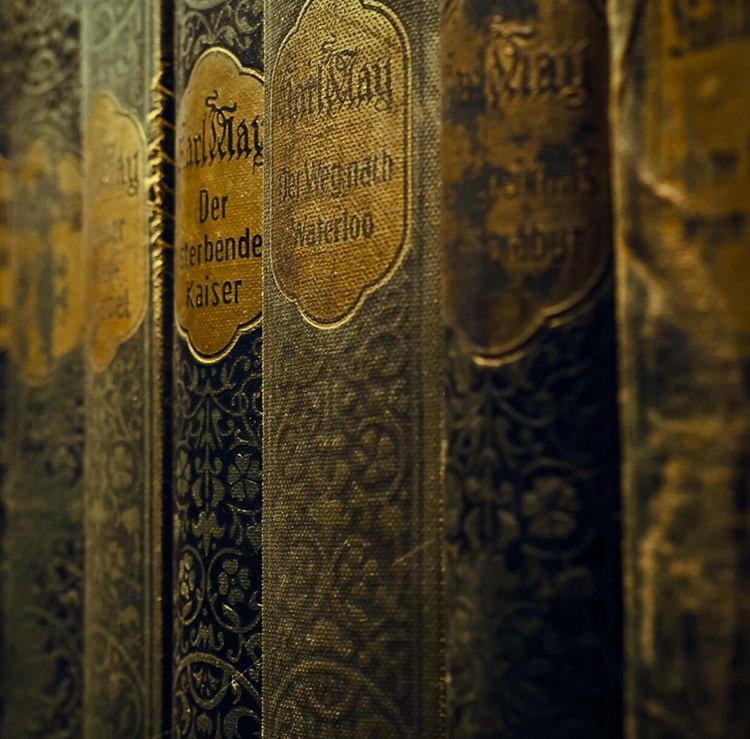
Many times, people will try to do all the research by themselves when trying to get their hand on an antique. However, this can go south if you’re not skilled in determining items and their values. This is where Mr. Expert comes in.
Essentially, Mr. Expert is a popular website that deals with antiques. If you have an antique that needs checking, then they will do a free appraisal check for you.
The best part about it is that it is done by professionals and you will get feedback in less than two days.
To top it all off, you can also hire their services to participate in auctions and sell the item for you. This makes them extremely appealing as an online value app.
7. Country Living
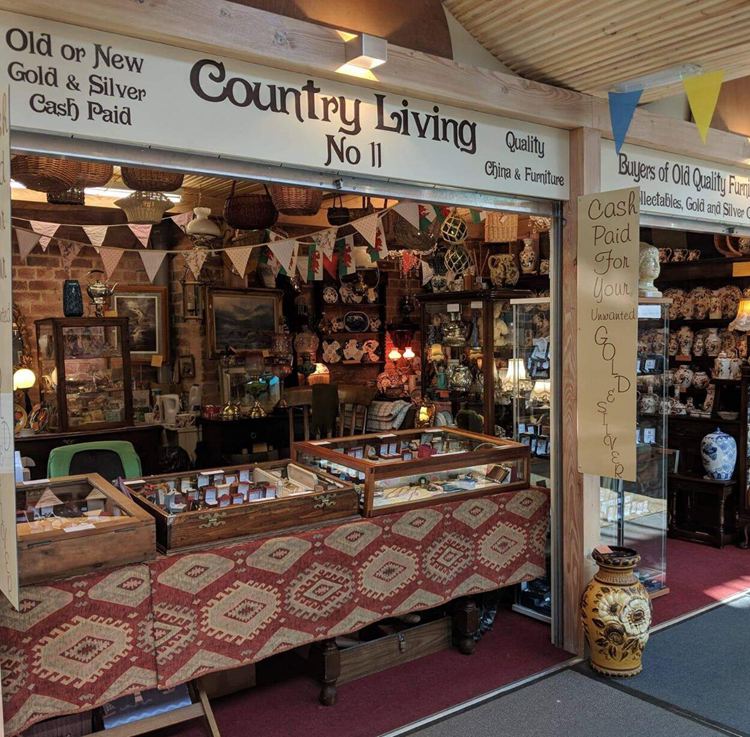
Country Living is a popular magazine that offers free online appraisals on its website. Not only are their estimates quite accurate, but they will also provide you with a history of your item along with any extra information that could help its price get a boost.
The main downside with Country Living is the fact that they do not always take requests. Essentially, they may reject your request for an appraisal and mostly deal with items that have not been appraised before.
However, this also means that if the item you’re dealing with has been appraised before by them, you will likely find it on their website, thus saving you time and effort.
6. InstAppraisal

When looking for free appraisal services, InstAppraisal is the way to go. It is another popular website that brings people together to help and discuss stuff related to antiques.
In its essence, the webpage is a forum but due to its popularity and its helpful community, it makes for a great free appraisal platform.
Apart from getting free antique identification services, you can also gain a lot of knowledge about upcoming auctions from here.
However, note that since it is a forum, the opinion may differ and you may not always be dealing with a professional. Therefore, the estimates given could very well be off from the actual price.
5. AntiqForum
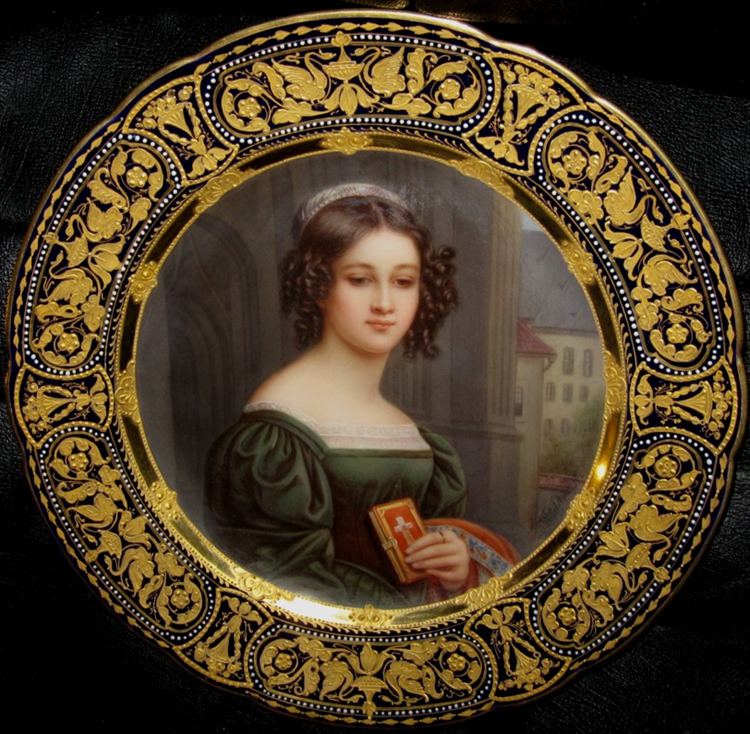
You can already tell from the name what this website is about. Similar to InstApprisal, AntiqForum is a free antique identification and value app.
You can get your antiques appraised by professionals by sending them an email with all the required information including serial numbers, build quality, and pictures. Most often, their team will reply to you within a few business days with an estimate of how much your item is worth.
However, note that AntiqForum deals specifically in Meissen figurines and plates so if you have antiques from other niches, it is probably better to try your luck elsewhere.
4. Gannoon’s Antiques And Arts
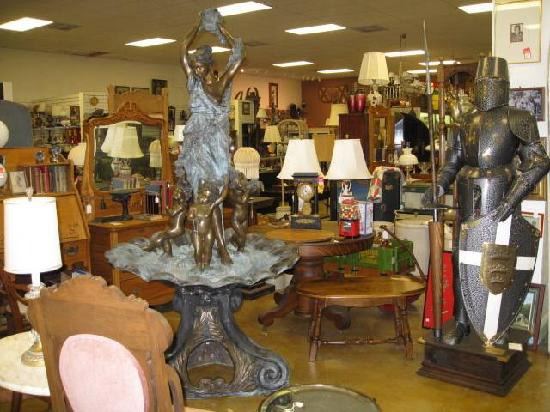
As far as free identification and appraisal services go, it does not get any better than this. Gannoon’s Antiques and Arts are a legitimate site that can help you with a free appraisal.
All you would have to do is send them an email with the proper details of your item, requesting an estimate.
The reason why they are so good is because of their authenticity. Apart from having a professional team for antique appraisals, Gannoon’s Antique and Arts is also a proud sponsor of a popular BBC show.
They can help with antique identification for nearly all kinds of antiques and bigger and more expensive items, you can even get an in-person appraisal.
3. Worthpoint

Worthpoint is a bit like a library with a subscription fee. Although you have to pay for it, they do have a free trial version due to which we’ve included it in this list.
Essentially, you can use Worthpoint for research purposes. If you have an item that needs an appraisal, then you can use blogs and articles which have been uploaded on their website by professional appraisals.
The best part about it is its authenticity. It is quite rare that you would end up with a wrong estimate for your antique, given that you use their research materials.
2. ValueMyStuff Mobile App

It is always easier to have everything in the palm of your hands, and this antique identification and value app makes it possible.
In its essence, you can use ValueMyStuff for 60 different categories of antiques. They will provide you with a free estimate of your antique item, however, they may take around a week to do so.
In terms of convenience, however, the application stands second to none, since all you would have to do, is provide details about your item to them and that should be all.
You can get their application, for both iOS and Android.
1. Indian Territory
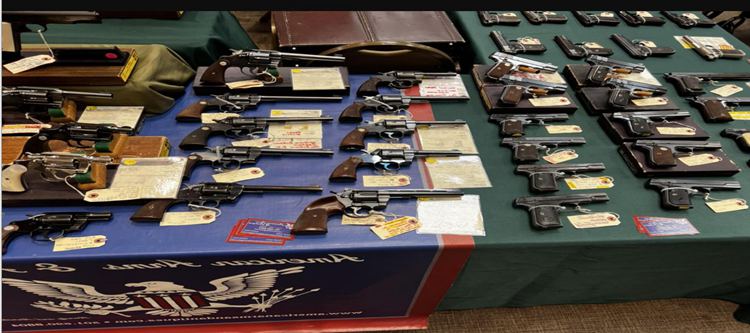
The Indian territory is an art gallery that will do three free appraisals for you.
You can send them your items through the mail or send their details with pictures via email. Since they are in the antique business formally, they can provide extremely good estimates for your items.
However, they specialize in the art niche.
Conclusion
As far as antiquing goes, making sure you do not end up buying a fake item is crucial. After all, after spending so much time and effort, and money, you’d not want it all to be a scam.
There are a handful of techniques and tips that can be incorporated when looking for antiques. Although the best route is to go with an expert appraisal, not everyone has the time, or money to spend on a service like that.
That is where free antique identification appraisals come in. In this guide, we talked about several tips that can be used to make sure you get the right item. In essence, you can look at signatures, the build quality, historical significance, inconsistencies, and other features of the item to make sure it is worth it.
Additionally, we also talked about websites and applications that can be used to do the job for you. All of these are free and available right now. The only downside is that you may have to pay for sending the items through the post. That brings us to the end of this guide. Thank you for reading.






![Vintage Schwinn Bikes: [Types, Identification, and Values]](https://www.txantiquemall.com/wp-content/uploads/2022/05/5.-Schwinn-1967-Ramshorn-Fastback-Stingray-Sky-Blue-vtg-600x450.jpg)
